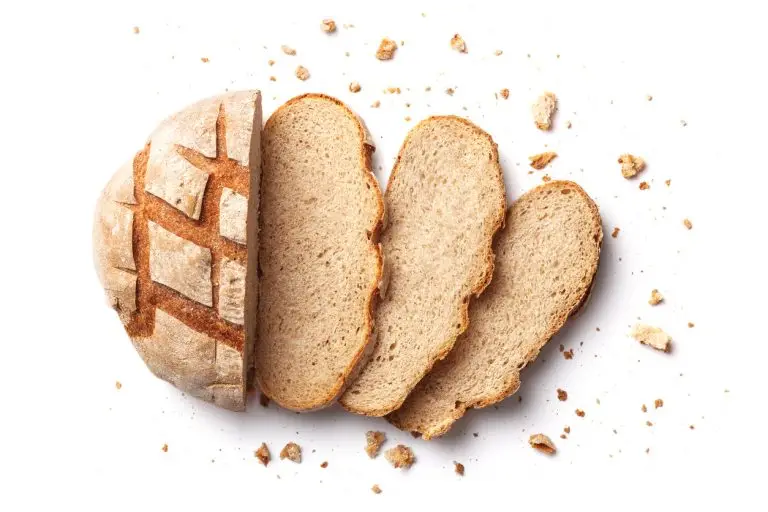In TIME magazine, there was an article bemoaning the fact that the “whole wheat” or “whole grains” bread that is being sold today may not be so wholesome as they would have you believe. Maybe we’re being duped, it says. This article has to do with labelling laws.
Companies can put various words on the label that would lead the average consumer to believe that they are buying a healthier product than they really are. For example, “made with whole grains” doesn’t mean anything, because you have no idea how much whole grain is in it and it could be very little. But if it says “100% whole wheat” or “100% whole grain” that is likely a good choice.
Here are some of my lessons to be learned related to this article:
- Learn to read and understand labels and make a habit of it.
- Related to that is this axiom: “If you have to read a label to see what is in a product, maybe you shouldn’t be eating it to begin with.” Yes, I admit I still eat some foods with labels on them.
- Don’t eat much bread, period. I know. I love bread, too. But if you have any significant health challenges, getting off of gluten is a good idea, at least for a time.
- Bread raises your blood sugar and contributes to insulin resistance (because of prolonged increases in insulin levels) more than most other foods. Glycemic Index (GI) is the value given to a food that denotes how much is makes your blood sugar rise. And whole grain breads have a glycemic index very similar to white bread. WonderBread GI = 73, and the average whole wheat bread = 69. Hardly any difference at all! Healthy diets generally have a low GI, so as to keep your insulin levels low. Insulin promotes inflammation and that is the root cause of most chronic illness.
- Consider avoiding or limiting grains, period. Limit them to 1-2 servings per day. This again helps with decreasing inflammation in your body and helps a lot with weight control. Eat lots of veggies, fruits, seeds and nuts, and some legumes, and lean free range or wild caught animal foods.






